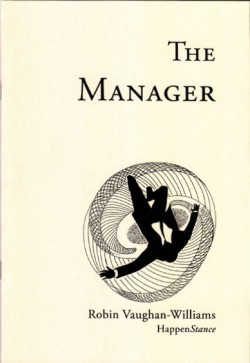I was surprised to learn recently that waterboarding, designated an ‘enhanced interrogation technique’ by the Bush administration, was used by the Spanish and Portuguese Inquisitions. In fact, it was one of their two main forms of torture.
This is what Toby Green says in his book, Inquisition: The Reign of Fear (2007): ‘There were two main instruments of torture – pulleys and water’, but the ‘use of water was more common’.
The prisoner was placed on a potro, a trestle table, with the head lower than the feet, the throat and forehead held fast by a metal strap. The limbs were tied to the potro with ropes which bit into the flesh while others were twisted around them like tourniquets. The mouth was then forced open and water poured down the prisoner’s throat. Unable to breathe because of the water in their throats and with their bellies horribly bloated, their victims gasped for life as the inquisitors patiently admonished them to tell the ‘truth’. (p.71)
Now that sounds to me incredibly like the descriptions I have read of waterboarding, as practised (formerly, we are told) by the CIA.
Not exactly the same, but then there are different methods of waterboarding. The method used by the CIA, for example, is not exactly the same as the method used in the US Navy’s Survival, Evasion, Resistance and Escape (SERE) school in California, or the definition given by the US Department of Justice (http://waterboarding.org/official_procedure).
There are different variations on waterboarding, but in general – including both the Inquisitorial and CIA variants – they share several common characteristics:
- the victim is placed face-up on a tilted board, with their head at the lower end;
- water is poured into the victim’s mouth or nose;
- this creates a sensation of drowning in the victim, whose upper respiratory tract is filled with water, and who could actually asphyxiate if the procedure were carried on long enough.
What struck me was that I’d never noticed any mention of the connection with the Inquisition when following the debate in recent years about CIA waterboarding. You’d have thought this would have been a key point for opponents of waterboarding.
The Inquisition, rather like Nazism and racism, is widely regarded as being beyond the pale in our society, so awareness that waterboarding was a standard torture technique used by the Inquisition could potentially have had a significant impact on public perception. To claim that waterboarding was not a form of torture would be a bit like saying, ‘Spanish Inquisition not so bad after all!’.
I’ve done a bit of Googling, and, in fact, the connection was mentioned, but not a lot. The New York Times pointed out in April 2009 that
top officials […] did not learn that waterboarding had been prosecuted by the United States in war-crimes trials after World War II and was a well-documented favorite of despotic governments since the Spanish Inquisition; one waterboard used under Pol Pot was even on display at the genocide museum in Cambodia. (http://www.nytimes.com/2009/04/22/us/politics/22detain.html)
However, as John McQuaid argues in The Guardian, much of the US press, including the New York Times, often stood on the fence by using euphemisms like ‘harsh’ or ‘brutal’ interrogation, rather than coming clean with the word ‘torture’ (http://www.guardian.co.uk/commentisfree/cifamerica/2009/may/12/torture-new-york-times-washington-post).
Further reference
- waterboarding.org, an excellent resource on the subject, with first-hand accounts, information on the technique, and arguments about its status as torture.
- A short sketch of the history of waterboarding from National Public Radio.
- A Question of Torture: CIA Interrogation from the Cold War to the War on Terror, by Alfred W McCoy (2006), includes an account of the evolution of torture techniques since the Inquisition.
Posted in zqblog by Robin Vaughan-Williams, 28 April 2010.
